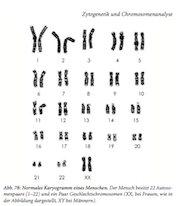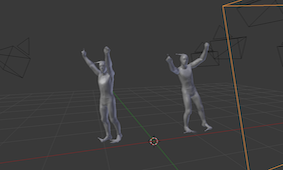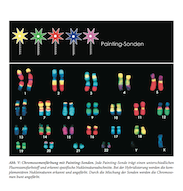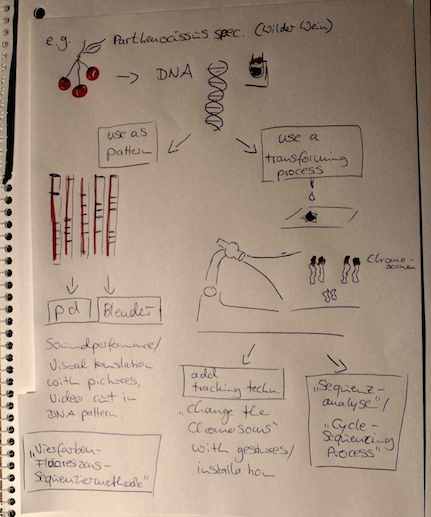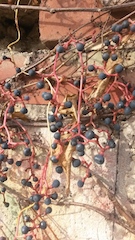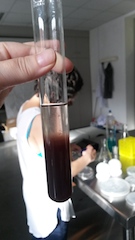Transmediale Project
Protoplasmic Performance
Since DNA as biochemical material is allover in plant tissue, humans, animals and its cells, the compact structure of DNA packaged as chromosomes is present in special stages of dividing cells. This process of dividing living material leads to new forms of organisms in every step.
What you will see
Organisms appear on a screen in a digital environment. Thy are belonging to the digital and science world. They move and need attention. Are they human? Stop and Go Signals (e. g. from walking by) changes the organisms in their shape, movement and aesthetics. The interaction in front of the screen reveals different aesthetics of the Chromosome stage.
Human & Protoplast Interaction welcome!
Technical infrastructure:
• Screen (Computer) • Table • Distance Sensor • best would be a place with artificial light source (not near window) • duration: permanent exhibition/ activated by distance sensor/ visitors movement
About the genetic code
"Two apparently opposed properties of living beings, stability and variability, are based on the very nature of the genetic text. The system only offers a choice between two alternatives. The only instruction that can be received from the environment through regulatory proteins is a ' go ' or ' stop ' signal. Reading the genetic message, therefore, is like getting music from a iuke-box in a cafe. By pressing one of the buttons, one can choose the desired record from those in the machine.“ (Jacob, Francois, La logique du vivant)
The Project
I am going to isolate chromosomes of plants and attach them to human models and make experiments with the shape and movement of the genetic material and the human organisms. In the exhibition the visitor is another instance that leads to the inverse experience. Stability and Variability: Who is changing whom and what organism decides about the `stop´ and `go´?
Project documentation
Inspiration:
aus: Genetik verstehen Grundlagen der molekularen Biologie von Wrba, Fritz; Dolznig, Helmut; Mannhalter, Christine UTB 2. Auflage
Idea:
First Step: Isolating DNA from Parthenocissus spec.
